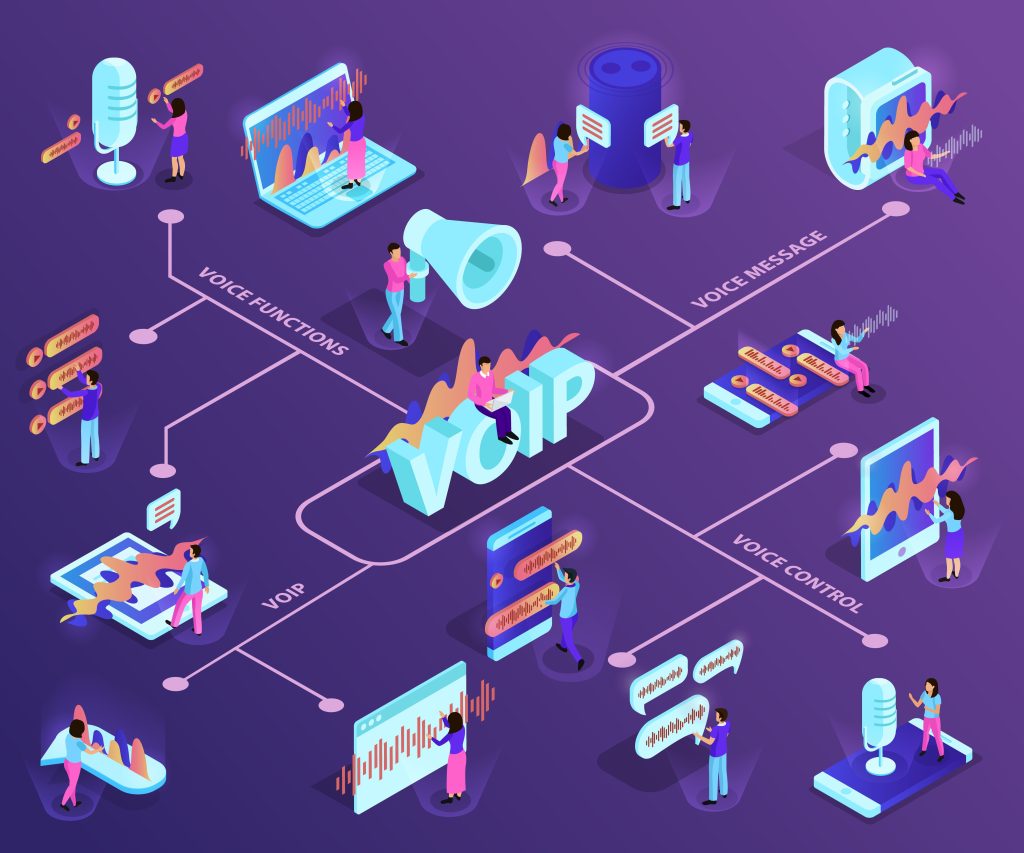
With the growing adoption of Session Initiation Protocol (SIP) trunking for voice and multimedia communications, ensuring the security of your SIP trunking infrastructure has become a critical priority.
SIP trunking offers significant benefits in terms of cost savings and flexibility, but it can expose your organization to various threats and vulnerabilities without proper security measures.
This article will highlight the importance of implementing robust security measures in SIP trunking and identify common security threats and vulnerabilities associated with this technology.
The Importance of SIP Trunking Security
SIP trunking is a technology that enables the transmission of voice, video, and other multimedia communications over the Internet. It connects your organization’s private branch exchange (PBX) system to the public switched telephone network (PSTN) through an internet telephony service provider (ITSP).
While SIP trunking offers numerous advantages, including cost savings, scalability, and flexibility, it also introduces security risks that you need to address to safeguard your communication infrastructure.
Common Security Threats and Vulnerabilities
1. Unauthorized Access
Attackers may attempt to gain unauthorized access to your SIP trunking infrastructure to intercept or manipulate communications. Weak or default passwords, improperly configured access controls, and outdated software versions can provide an entry point for attackers.
2. Toll Fraud
Toll fraud occurs when unauthorized individuals access your SIP trunking system and make unauthorized long-distance calls at your expense. It can result in substantial financial losses if not detected and mitigated promptly.
3. Denial of Service (DoS) Attacks
SIP trunking infrastructure is susceptible to DoS attacks, where attackers flood the system with overwhelming traffic, rendering it unavailable to legitimate users. DoS attacks can disrupt business operations, leading to downtime and loss of productivity.
4. Eavesdropping
Without proper encryption, SIP trunking communications can be intercepted and eavesdropped upon, potentially exposing sensitive information, such as customer data or intellectual property.
Best Practices for Securing SIP Trunking Infrastructure
1. Strong Authentication
Implement strong passwords and two-factor authentication to prevent unauthorized access. Change default passwords immediately and enforce password complexity rules.
2. Regular Software Updates
Keep your SIP trunking software and associated components updated to patch security vulnerabilities and take advantage of the latest security features.
3. Network Segmentation
Segment your network to isolate your SIP trunking infrastructure from other parts of your network, limiting the potential impact of an attack.
4. Intrusion Detection and Prevention Systems (IDS/IPS)
Deploy IDS/IPS solutions to monitor and detect suspicious activities in real-time. These systems can help prevent and respond to potential security breaches effectively.
5. Encryption
Encrypt SIP trunking traffic using Transport Layer Security (TLS) or Secure Real-time Transport Protocol (SRTP) to ensure the confidentiality and integrity of communications.
6. Security Audits
Regularly conduct security audits and vulnerability assessments to identify weaknesses in your SIP trunking infrastructure and address them promptly.
7. Service Provider Evaluation
Thoroughly evaluate the security measures implemented by your ITSP, including their physical security, network infrastructure, and incident response protocols. Choose a reputable and reliable service provider with a proven track record in safety.
Conclusion
Securing your SIP trunking infrastructure is paramount to protecting your organization’s communications from potential threats and vulnerabilities.
When implementing robust security measures such as strong authentication, regular software updates, network segmentation, intrusion detection, encryption, and security audits, and selecting a trustworthy ITSP, you can mitigate risks and ensure the confidentiality, integrity, and availability of your SIP trunking communications.
By prioritizing security, you can fully leverage the benefits of SIP trunking while maintaining the trust of your customers and stakeholders.
GET IN TOUCH








